19 Native American Flutes: Complete Buying Guide
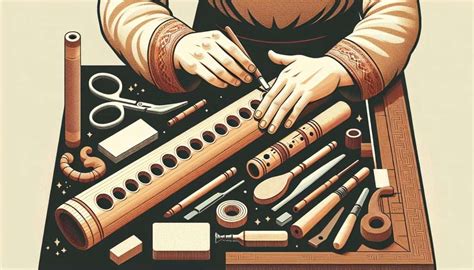
The Native American flute has been an integral part of the cultural heritage of the indigenous peoples of North America for centuries. With its rich, haunting tones and beautiful craftsmanship, it's no wonder that this instrument has gained popularity worldwide. Whether you're a seasoned musician or a beginner looking to explore the world of Native American music, choosing the right flute can be a daunting task. In this comprehensive buying guide, we'll delve into the world of Native American flutes, exploring their history, types, materials, and features to help you make an informed decision.
Introduction to Native American Flutes
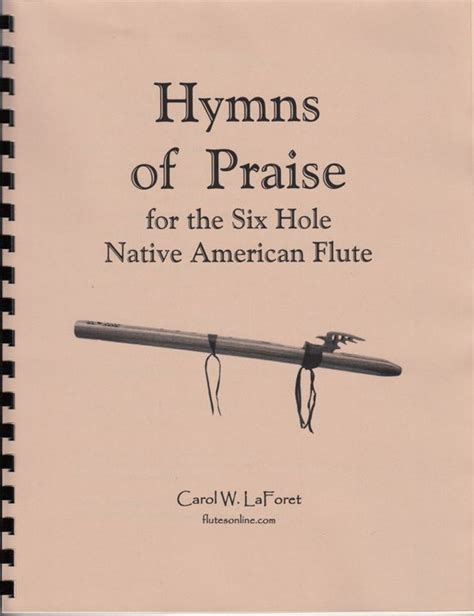
Native American flutes have a long and storied history, with evidence of their existence dating back over 2,000 years. These flutes were an essential part of the cultural and spiritual practices of many Native American tribes, used in ceremonies, storytelling, and everyday life. The flutes were often made from natural materials such as wood, bone, and stone, and were crafted with great care and attention to detail. Today, Native American flutes are still made using traditional methods and materials, as well as modern techniques and materials, making them accessible to musicians and collectors around the world.
The sound of the Native American flute is distinctive and haunting, with a warm, rich tone that is both soothing and evocative. The flute is typically played in a slow, contemplative style, with an emphasis on legato playing and expressive phrasing. Whether you’re looking to play traditional Native American music or experiment with modern styles, the Native American flute is a versatile instrument that can add a unique dimension to your music.
Types of Native American Flutes
There are several types of Native American flutes, each with its own unique characteristics and playing style. Some of the most common types of flutes include:
- Plains-style flutes: These flutes are typically made from wood or bamboo and have a simple, elegant design. They are often played in a slow, contemplative style and are well-suited to traditional Native American music.
- Southwest-style flutes: These flutes are often made from cedar or other softwoods and have a warmer, more resonant tone. They are commonly played in a more upbeat, rhythmic style and are well-suited to modern Native American music.
- Woodland-style flutes: These flutes are typically made from hardwoods such as maple or cherry and have a bright, clear tone. They are often played in a more complex, intricate style and are well-suited to experimental and contemporary music.
| Flute Type | Material | Tone |
|---|---|---|
| Plains-style | Wood or bamboo | Simple, elegant |
| Southwest-style | Cedar or softwood | Warm, resonant |
| Woodland-style | Hardwood (maple, cherry) | Bright, clear |
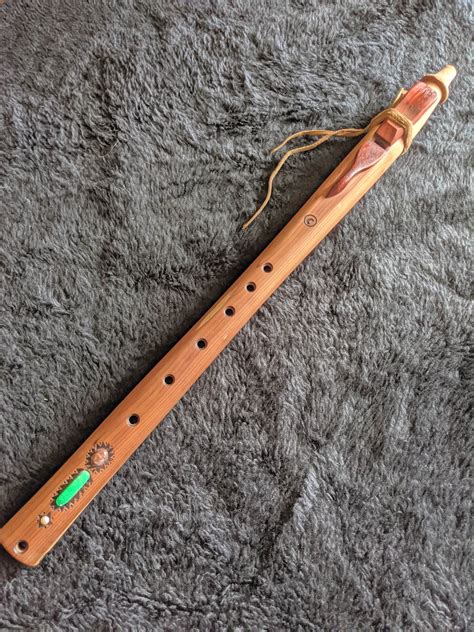
Materials and Construction

Native American flutes are typically made from natural materials such as wood, bone, and stone. The choice of material can affect the tone and playability of the flute, as well as its durability and maintenance requirements. Some common materials used in Native American flute construction include:
Wood is a popular choice for Native American flutes, with many types of wood used including cedar, cherry, and walnut. Wood flutes are often preferred for their warm, resonant tone and are well-suited to traditional Native American music. Bone flutes are also common, with many types of bone used including deer, buffalo, and turkey. Bone flutes are often preferred for their clear, bright tone and are well-suited to experimental and contemporary music.
Features to Consider
When choosing a Native American flute, there are several features to consider, including:
- Tone holes: The number and placement of tone holes can affect the playability and tone of the flute. Look for flutes with well-placed tone holes that are easy to reach and cover.
- Finger holes: The number and size of finger holes can affect the playability of the flute. Look for flutes with well-placed finger holes that are comfortable to cover and easy to play.
- Embouchure hole: The size and shape of the embouchure hole can affect the tone and playability of the flute. Look for flutes with a well-designed embouchure hole that is comfortable to play and produces a clear, resonant tone.
What is the best type of wood for a Native American flute?
+The best type of wood for a Native American flute depends on the tone and playability you prefer. Cedar and cherry are popular choices for their warm, resonant tone, while walnut and maple are preferred for their bright, clear tone.
How do I care for and maintain my Native American flute?
+To care for and maintain your Native American flute, avoid exposing it to extreme temperatures or humidity, and clean it regularly with a soft cloth and mild soap. You should also oil the wood regularly to keep it from drying out and cracking.
Performance Analysis
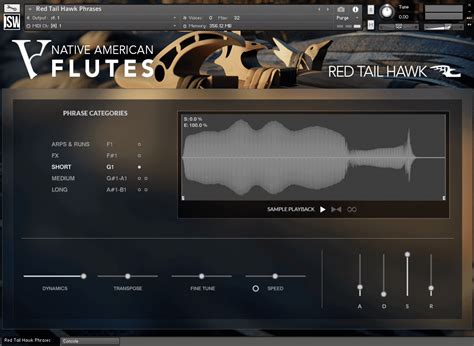
When evaluating the performance of a Native American flute, there are several factors to consider, including tone, playability, and durability. A good Native American flute should have a clear, resonant tone and be easy to play, with well-placed tone holes and finger holes. The flute should also be durable and resistant to damage, with a sturdy construction and high-quality materials.
In terms of tone, look for a flute that produces a rich, full sound with good resonance and projection. The tone should be consistent across the range of the flute, with no noticeable flat or sharp notes. In terms of playability, look for a flute that is easy to hold and play, with well-placed finger holes and tone holes that are comfortable to cover.
Technical Specifications
When evaluating the technical specifications of a Native American flute, consider the following factors:
- Key: The key of the flute can affect its playability and tone. Look for flutes in keys that are comfortable to play and produce a good tone.
- Length: The length of the flute can affect its tone and playability. Look for flutes that are a comfortable length to play and produce a good tone.
- Material: The material of the flute can affect its tone and durability. Look for flutes made from high-quality materials that are durable and resistant to damage.
| Specification | Description |
|---|---|
| Key | A, G, F#, E, etc. |
| Length | 18-24 inches (45-60 cm) |
| Material | Wood, bone, stone, etc. |
Future Implications
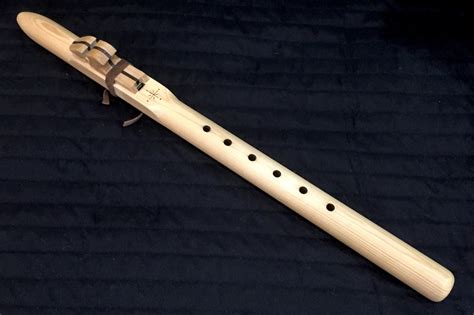
The Native American flute is an instrument with a rich cultural heritage and a bright future. As interest in traditional and contemporary Native American music continues to grow, the demand for high-quality Native American flutes is likely to increase. Whether you’re a seasoned musician or a beginner looking to explore the world of Native American music, there has never been a better time to learn about and play the Native American flute.
In terms of future implications, the Native American flute is likely to continue to evolve and adapt to changing musical styles and trends. As new materials and technologies become available, flute makers may experiment with new designs and constructions, creating innovative and unique


